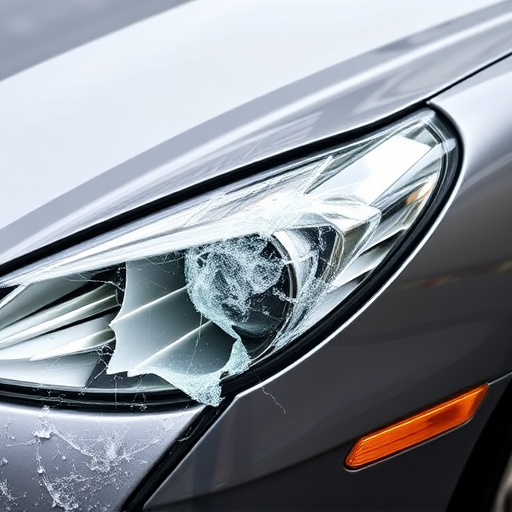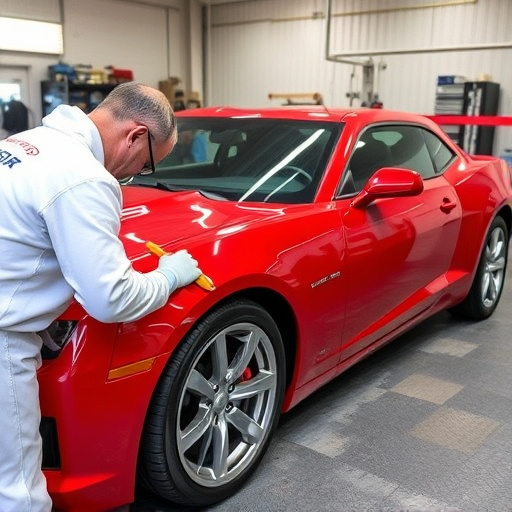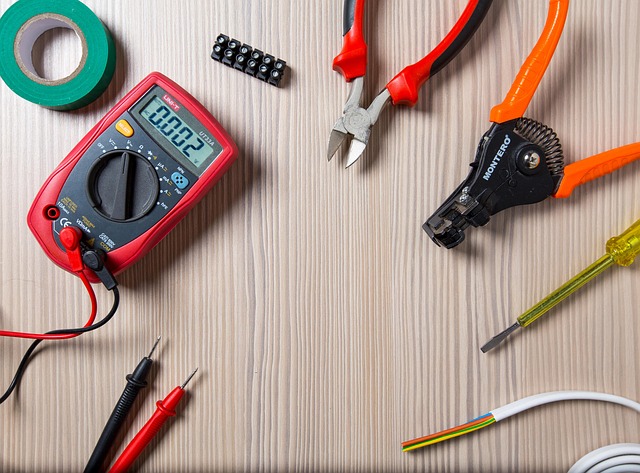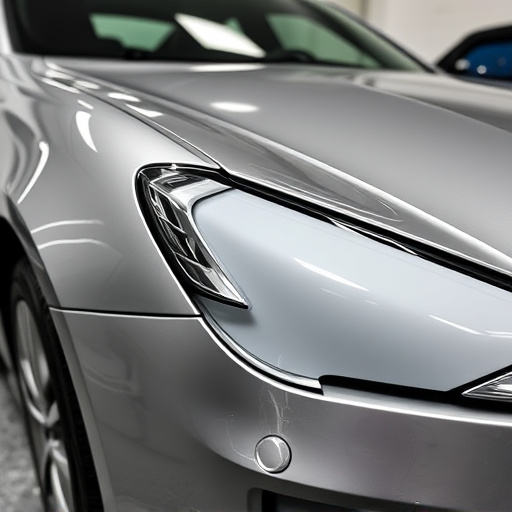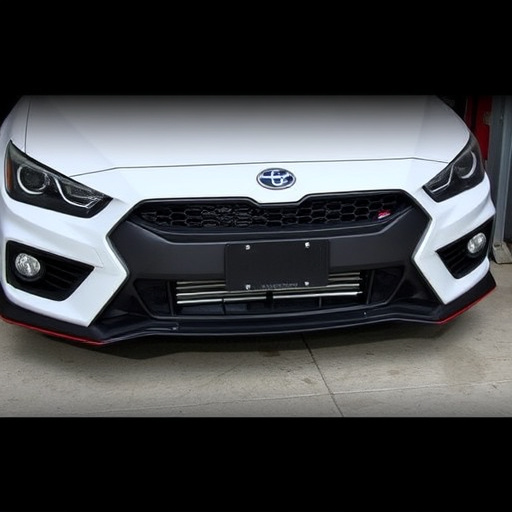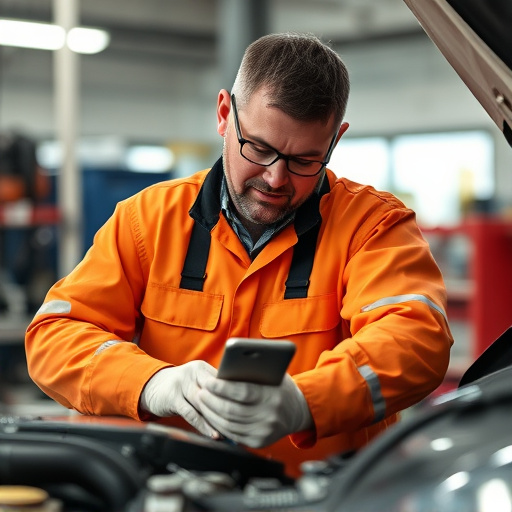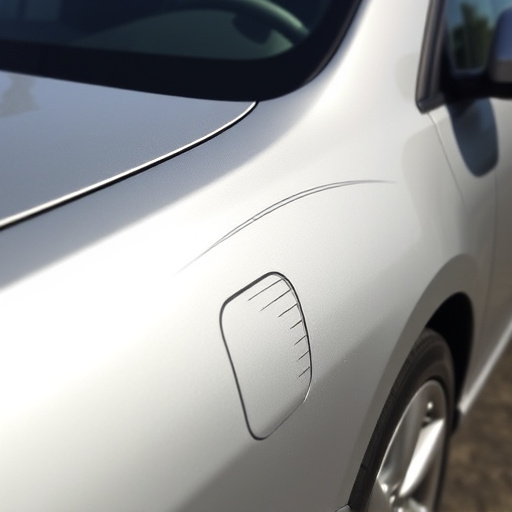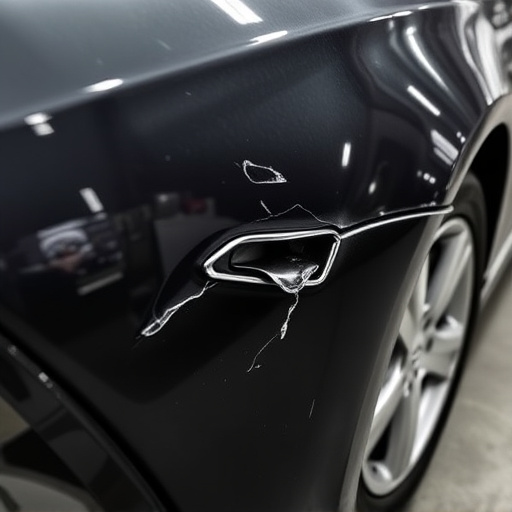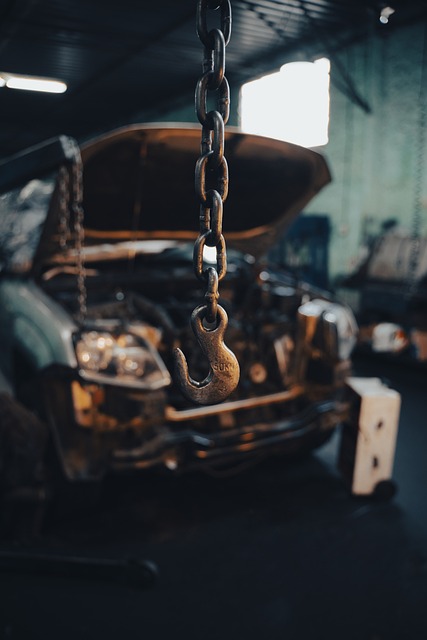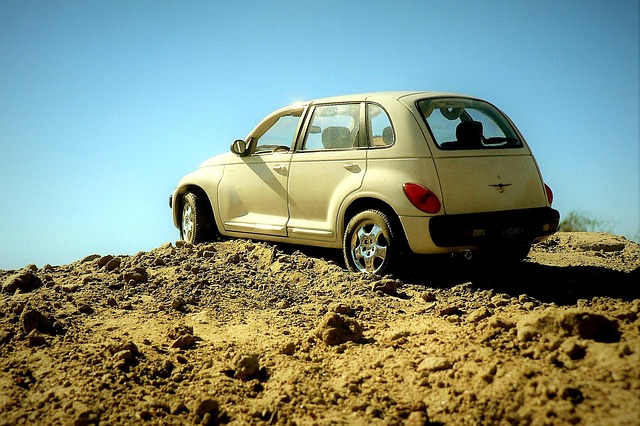Unibody and frame vehicles, a modern automotive design, prioritize strength and safety through integrated construction. Structural damage repair in these vehicles requires specialized knowledge and advanced tools for accurate alignment and preservation of original integrity. Assessment combines visual inspection with technologies like laser scanners and 3D imaging to pinpoint damage precisely. Repair shops use hydraulic presses and specialized lifting to manipulate components safely, followed by meticulous metal work and paint applications matching pre-incident condition. This comprehensive approach ensures structural soundness, enhancing safety and longevity on the road while addressing critical structural damage repair needs.
Unibody and frame vehicles, with their integrated construction, require meticulous care during structural damage repair. This comprehensive guide delves into the intricacies of repairing these complex systems, offering insights into understanding unibody and frame structures, assessing damage with advanced tools, and implementing effective repair techniques for optimal restoration. Discover expert tips and best practices for handling structural damage repairs, ensuring vehicles return to their original strength and safety standards.
- Understanding Unibody and Frame Vehicles
- Assessing Structural Damage: Methods and Tools
- Repair Techniques for Optimal Restoration
Understanding Unibody and Frame Vehicles
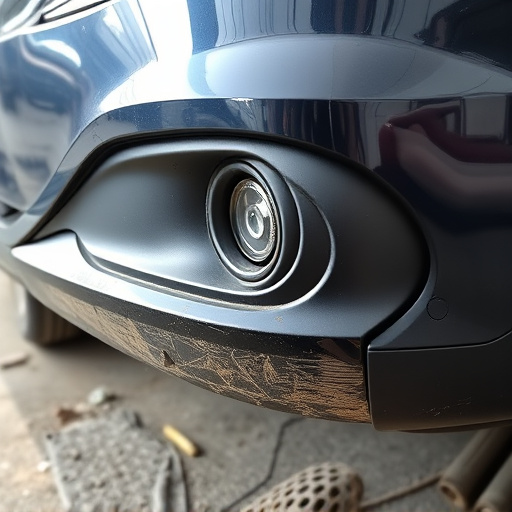
Unibody and frame vehicles represent a significant evolution in automotive design, focusing on strength, rigidity, and lightweight materials to enhance safety and performance. In contrast to traditional body-on-frame constructions, these innovative cars integrate the vehicle’s structural elements into a single, unified unit known as the unibody. This design philosophy is evident in many modern car models, including popular brands like Mercedes-Benz.
Structural damage repair for unibody and frame vehicles requires specialized knowledge and techniques to preserve the integrity of this integrated structure. Unlike traditional bodywork repairs where panels can be easily replaced, unibody damages necessitate precise alignment and adjustment to ensure the vehicle retains its original safety standards and handling characteristics. Auto glass repair, while crucial in any vehicle, takes on added importance in these designs, as it directly impacts structural stability.
Assessing Structural Damage: Methods and Tools
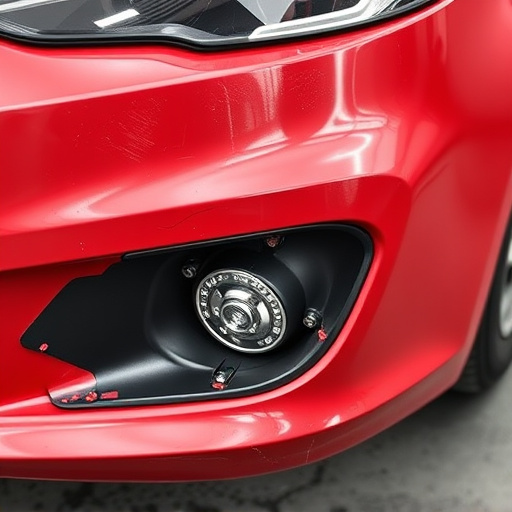
Assessing structural damage is a critical step in unibody and frame vehicle repair. Professionals employ various methods and tools to accurately determine the extent of the harm. One common approach involves visual inspection, where skilled technicians meticulously examine the exterior and interior for any signs of distortion, cracks, or misalignments. This initial assessment helps identify visible indicators of structural damage.
Advanced diagnostic tools such as laser scanners and 3D imaging systems play a pivotal role in modern auto repair. These technologies capture detailed measurements and create digital models, enabling precise comparison with original factory specifications. By combining visual inspection and technological aids, automotive collision repair specialists can effectively pinpoint areas requiring frame straightening or other structural damage repair, ensuring comprehensive and safe vehicle restoration.
Repair Techniques for Optimal Restoration
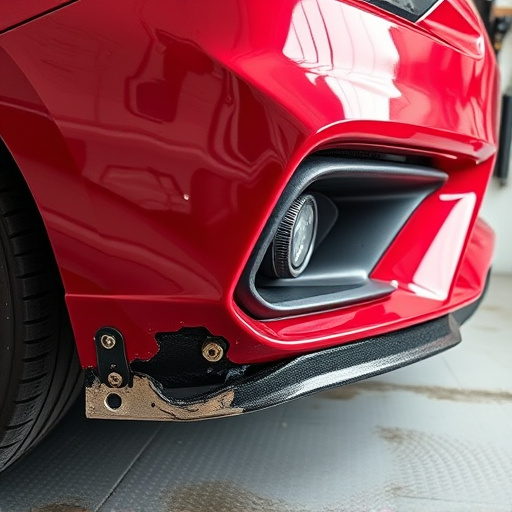
When it comes to structural damage repair for unibody and frame vehicles, a multitude of techniques can be employed to ensure optimal restoration. Modern auto repair shops leverage advanced tools like hydraulic presses and specialized lifting equipment to safely manipulate damaged components, preserving their integrity and original shape. These meticulous methods are crucial for achieving precise alignment and ensuring the vehicle maintains its structural integrity post-repair.
Body shop services that focus on structural damage repair go beyond mere aesthetics. They involve intricate work with metal, such as bending, welding, and straightening panels, to restore the frame to its pre-incident condition. Additionally, car paint services often play a vital role, offering not just color matching but also protective coating to safeguard against future corrosion. The synergy between these auto repair shop capabilities guarantees that vehicles not only look like new but are structurally sound, enhancing safety and longevity on the road.
Unbody and frame vehicles, with their intricate structural designs, require meticulous care during repairs due to their unique construction. By understanding the vehicle’s architecture, employing advanced assessment techniques, and utilizing precise repair methods, professionals can effectively restore these vehicles to their original condition. Structural damage repair is a multifaceted process that demands attention to detail, specialized tools, and an expertise in various repair techniques, ensuring both safety and aesthetic integrity for every restoration project.

